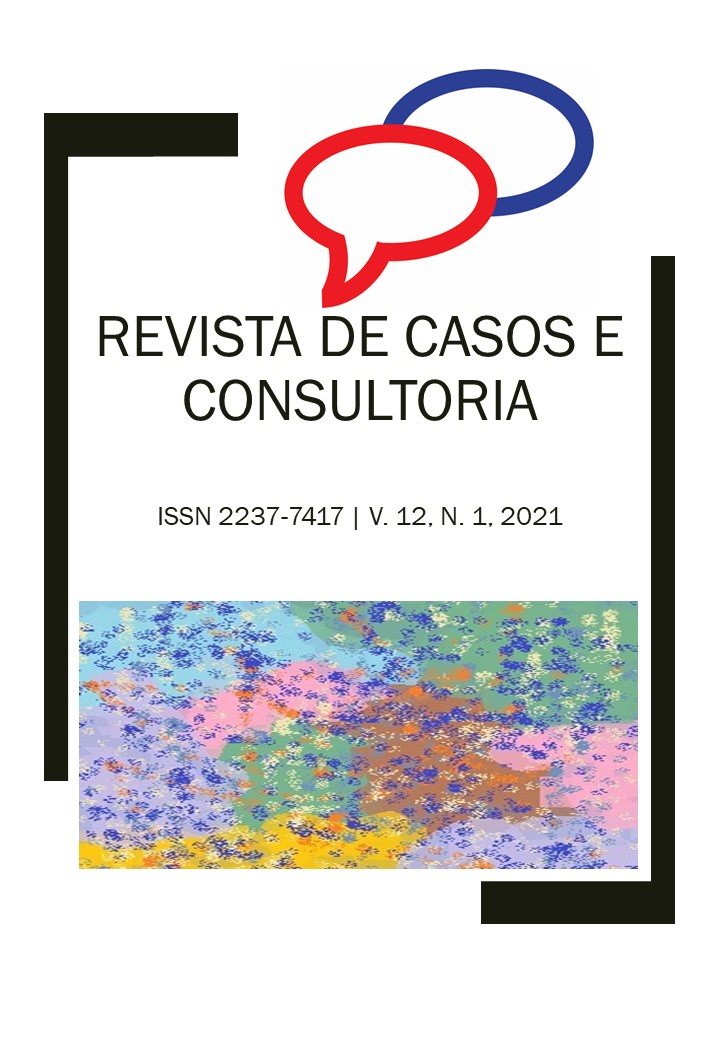Pharmacotherapeutic follow-up in outpatients with tuberculosis
Keywords:
Tuberculosis; Treatment adherence; Pharmacotherapeutic follow-up.Abstract
The objective of this study was to evaluate the pharmacotherapeutic follow-up, with measures to facilitate the adherence to treatment of tuberculosis in a Basic Health Unit. Tuberculosis is an infectious and transmissible disease. Adherence to treatment comprises drug intake that involves behavioral aspects and requires shared decisions and responsibilities. This is a quantitative, prospective and cross-sectional study. Data collection took place with the aid of the Dáder Method, the Morisky and Amplified Green Test and Med Take. The results revealed that the main problems evidenced were: not using the pharmacotherapy that needs; presents a health problem for using a drug and presents a health problem due to a non-quantitative ineffectiveness of pharmacotherapy. To minimize these problems, pharmaceutical interventions were performed through verbal guidance and withdrawal of doubts, in which all patients accepted this intervention. Adherence of the drug treatment in most patients was consistent, with satisfactory knowledge and have high adherence to the treatment, without difficulties or something strange happening. Among the patients evaluated, women and those with older ages adhered to the treatment offered, with no significant correlation. Therefore, the knowledge and adherence of tuberculosis patients evaluated were considered satisfactory and high, respectively. Pharmaceutical intervention is required in only three cases.
Downloads
References
ALMEIDA, A. M. Adesão ao tratamento da tuberculose pulmonar de pacientes atendidos em uma Unidade Básica de Saúde do município da Serra do Espírito Santo. 2015. 19 f. Trabalho de Conclusão de Curso (especialização em Saúde da Família)
– universidade do estado do rio de janeiro universidade aberta do sus, Rio de Janeiro, 2015.
ANDRADE, H. S. et al. Avaliação do Programa de Controle da Tuberculose: um estudo de caso. Saúde Debate. Rio De Janeiro, v. 41, n. especial, p.242-58, mar. 2017. Disponível em:<https://www.scielosp.org/pdf/sdeb/2017.v41nspe/242-258/pt>.
ANDUAGA, B. A. et al. Factores de riesgo para el abandono deltratamiento de tuberculosis pulmonar sensibleenunestablecimiento de salud de atención primaria, Lima, Perú. Acta Med. São Paulo, v. 33, n. 1, p. 218, mai. 2016. Disponível em:<http://www.redalyc.org/articulo.oa?id=96645>.
BERALDO, A. A. et al.Adesão ao tratamento da tuberculose na Atenção Básica: percepção de doentes e profissionais em município de grande porte. Esc. Ana Nery, Rio de Janeiro, v. 21, n. 4, p. 1-8, 2017. Disponível em:
<http://www.scielo.br/pdf/ean/v21n4/pt_1414-8145EAN-2017-0075.pdf>.
BRASIL. Secretaria de Vigilância em Saúde. Ministério da Saúde. Detectar, tratar e curar: desafios e estratégias brasileiras frente à tuberculose. Secretaria de Vigilância em Saúde. Brasília: Boletim Epidemiológico. v. 46, n. 9, 1-19, 2015.
COSTA, S. M. Conhecimento dos clientes com tuberculose pulmonar e seus familiares sobre adesão ao tratamento e fatores associados, no município do Rio Grande (RS). Ciênc Saúde Coletiva, São Paulo, v. 16, suppl. 1, p. 1427-435, mai. 2011. Disponível em:< http://www.scielo.br/pdf/csc/v16s1/a78v16s1.pdf>.
NEVES, S.C.; ROLLA, V.C.; SOUZA, C.T.V. Educação em saúde: uma estratégia para minimizar o abandono do tratamento da tuberculose em pacientes do instituto de pesquisa clínica Evandro Chagas /FIOCRUZ. Revista Eletrônica do Mestrado Profissional em Ensino de Ciências da Saúde e do Ambiente, São Paulo, v. 3, n. 3, p. 96-115, mai. 2010.
NOGUEIRA, J. A. et al. A formação de profissionais de saúde na atenção a TB: desafios e contradições da prática. Rev. Enferm UFPE Online, Recife, v. 5, n. 4, p. 778-87, set. 2011. Disponível em: http://www.revista.ufpe.br/revistaenfermagem/index.php/1923
QUINTERO, M. C. F. et al. Acesso ao diagnóstico da tuberculose em município brasileiro de médio porte. Rev. salud pública, Bogotá, v. 20, n. 1, jan-fev. 2018. Disponível em:<http://www.scielo.org.co/pdf/rsap/v20n1/0124-0064-rsap-20-01-00103.pdf>.
SOBREIRO, A. P. et al. Acompanhamento farmacoterapêutico de pacientes em uso de digoxina em uma unidade básica de saúde região oeste ii. Revista Faculdade Montes Belos, Montes Belos, v.08, n. 1, p. 41-46, 2015. Disponível em:< http://www.revista.fmb.edu.br/index.php/fmb/article/view/9/6>.
VIEIRA, A. ANT.; RIBEIRO, S. A. Adesão ao tratamento da tuberculose após a instituição da estratégia de tratamento supervisionado no município de Carapicuíba, Grande São Paulo.J BrasPneumol. Rio de Janeiro, v. 37, n. 2, p. 223-31, set. 2011. Disponível em:<http://www.scielo.br/pdf/jbpneu/v37n2/v37n2a13.pdf>.
WORLD HEALTH ORGANIZATION. Tuberculosis,fact sheet Reviewed February 2018 http:// www.who.int/mediacentre/factsheets/fs104/en/; 2018.
ZHANG, Q. et al. Determinants of Default from Pulmonary Tuberculosis Treatment in Kuwait. Hindawi. The Scientific World J. v. 12, n. 32, p. 23-30, mai 2014. Disponível em:

 Português (Brasil)
Português (Brasil) English
English Español (España)
Español (España)